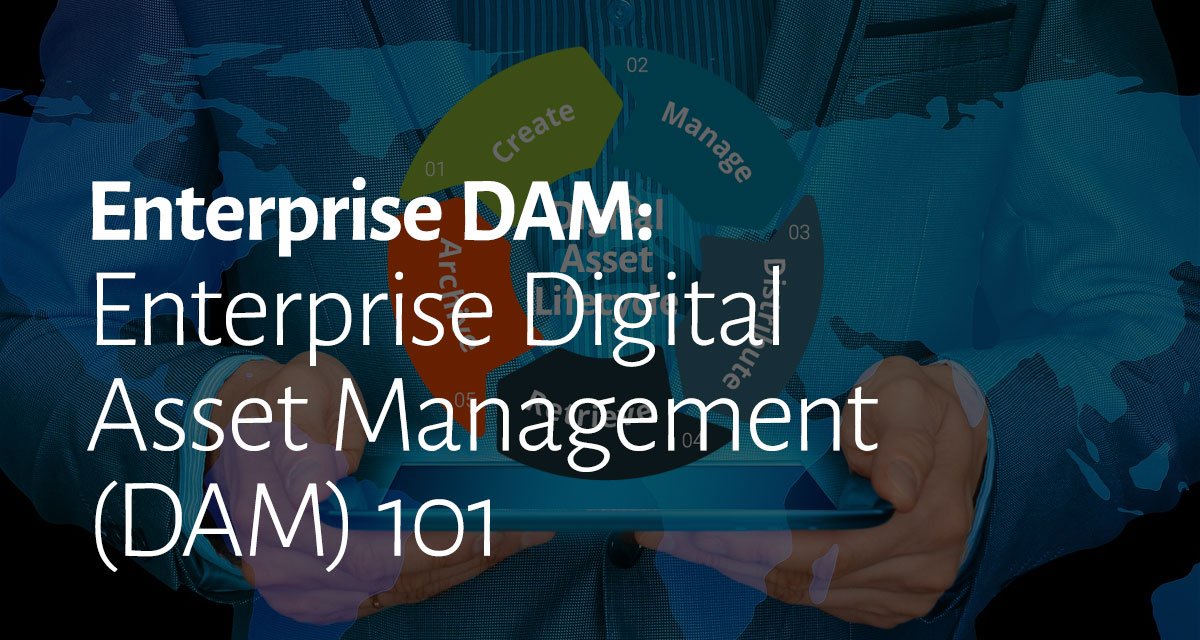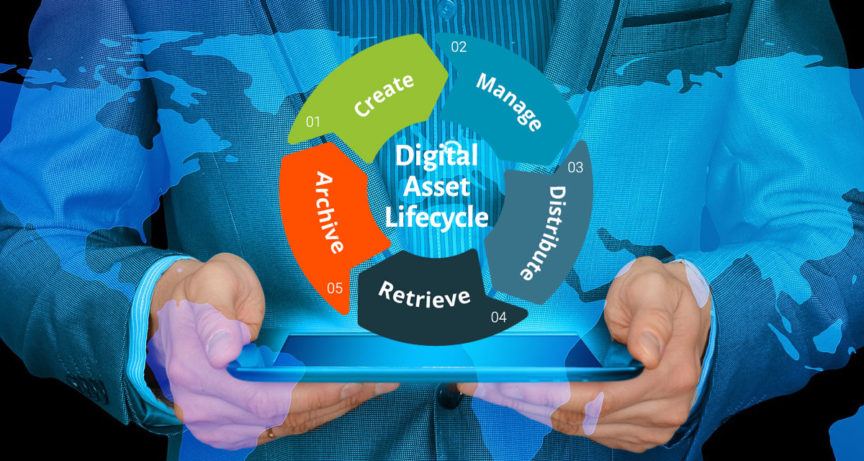
As companies invest not just in IT but in digitizing their physical assets, digital assets across the entire economy have doubled over the past 15 years. Even small and medium-sized companies must now keep track of so many digital assets that basic, manual asset organization methods are no longer sufficient and often prevent from repurposing highly-performing digital assets and complicate collaboration and sharing.
…companies are realizing a 24 percent increase in revenue from digital asset management – IDC InfoBrief
Enterprise Digital asset management (DAM), which is typically defined as a business process for organizing, storing, and retrieving rich media and managing digital rights and permissions, provides the much-needed way how to deal with rich media assets, including pictures, audio, video, presentations, document templates, graphics, or text content.
Today, digital asset management is either cloud-based or on-premises, with each of these two distinct approaches having some advantages and disadvantages. Regardless of which type of digital asset management a company chooses, the core benefits are always the same:
Enhanced Team Collaboration
Digital asset management solutions provide a convenient way for team members to collaborate with one another, featuring sharing and access management capabilities as well as integrated communication tools. Offering team members a unified platform for all collaboration additionally combats shadow IT and thus protects private data.
Simplified Access to Digital Assets
Digital asset management solutions serve as centralized repositories for all digital assets, enabling safe, long-term asset archiving, extensive asset organization, and easy asset retrieval and delivery.
Robust Version Control and License Management
An integral part of most digital asset management solutions are robust version control and license management. The ability to access earlier versions of digital assets and the ability to avoid common problems with the publishing of unlicensed or outdated assets mitigates business risk and reduces the amount of reworking that needs to be done to correct a mistake.
Better Integration with Other Software Tools
Modern companies rely on a host of tools that help them with everything from marketing resource management (MRM) to product information management (PIM) to customer relationship management (CRM), and digital asset management solutions can be integrated with other tools to help with project management.
Promotes Content Recycling
The ability to easily access existing digital assets and quickly find the right piece of content promotes content recycling, which, in turn, saves times and reduces costs.
Sophisticated Reporting
Digital asset management solutions with advanced tracking and reporting capabilities help companies gain invaluable insight into the life of their digital assets, helping them store content more efficiently and empowering them to get rid of low-performing assets.
Increased Revenue and Productivity
According to an IDC InfoBrief sponsored by Adobe, companies are realizing a 24 percent increase in revenue from digital asset management. Digital asset management solutions enable them to accelerate delivery times and launch new products more quickly.
Even though the upfront cost of implementing a digital asset management system can be significant, the long-term return on investment outweighs it significantly. Companies who embrace digital asset management can expect a 23 percent reduction in risk, a 34 percent improvement in productivity, a 28 percent decrease in asset creation costs, and a significant boost in agility.
